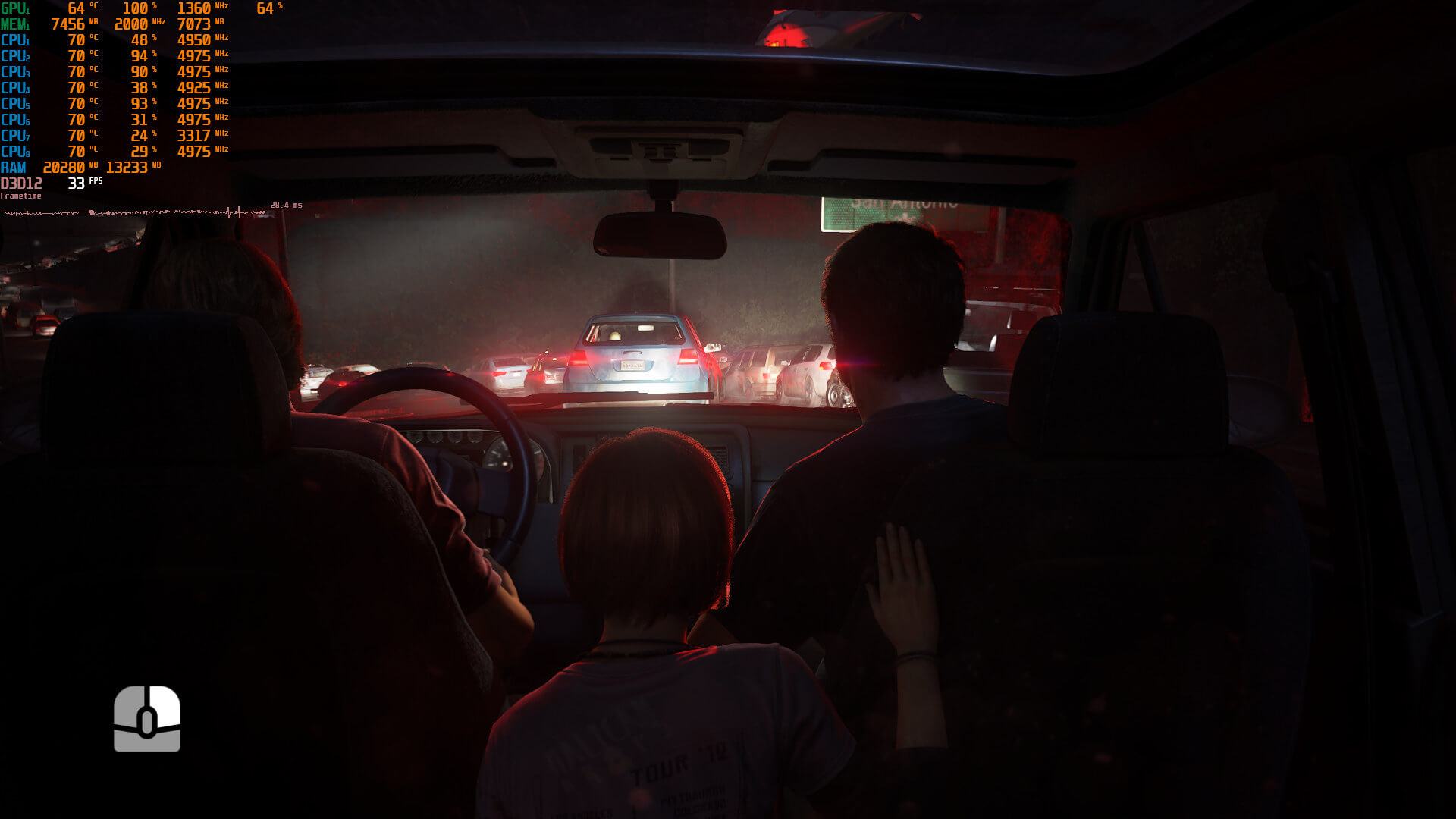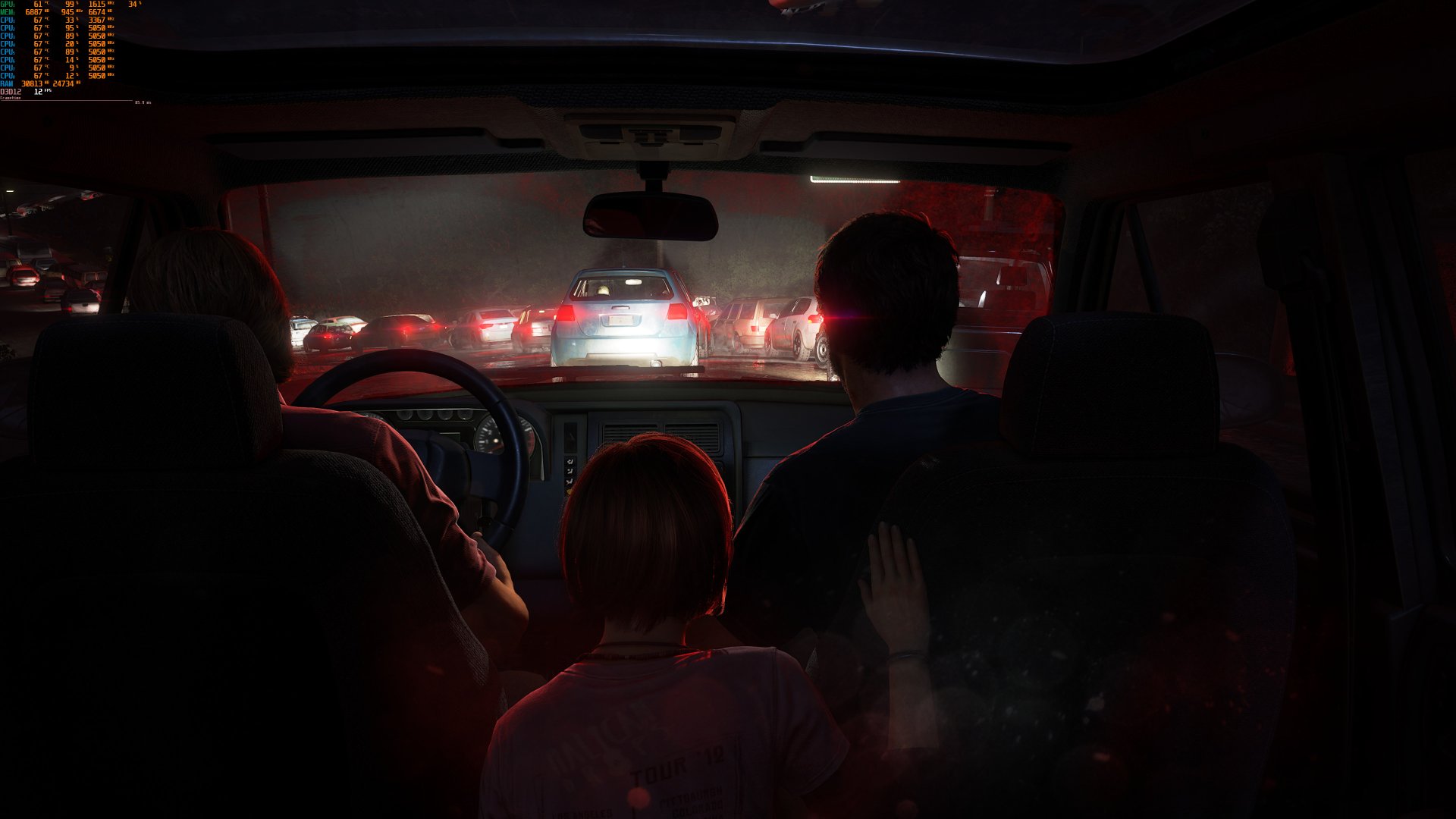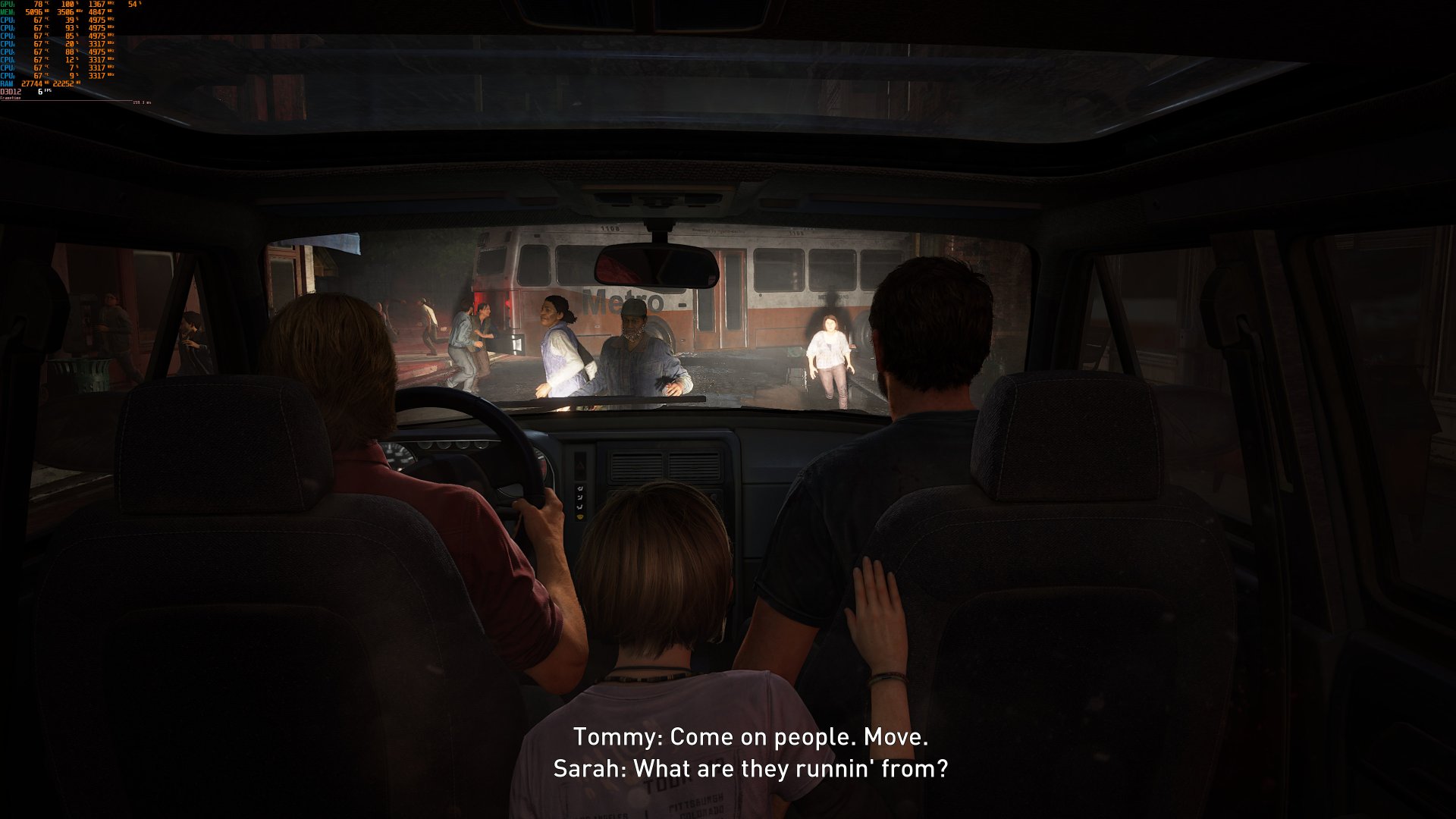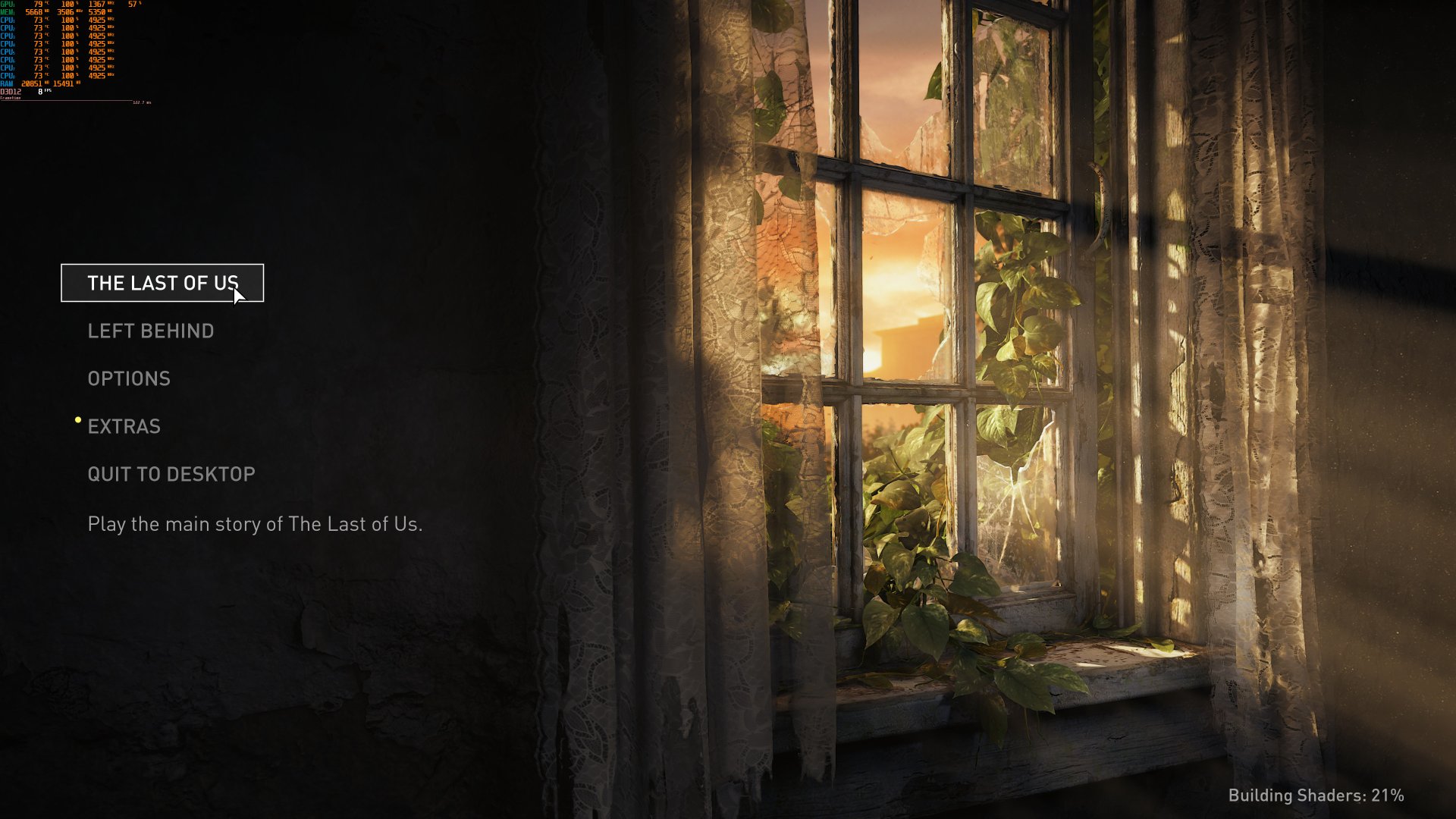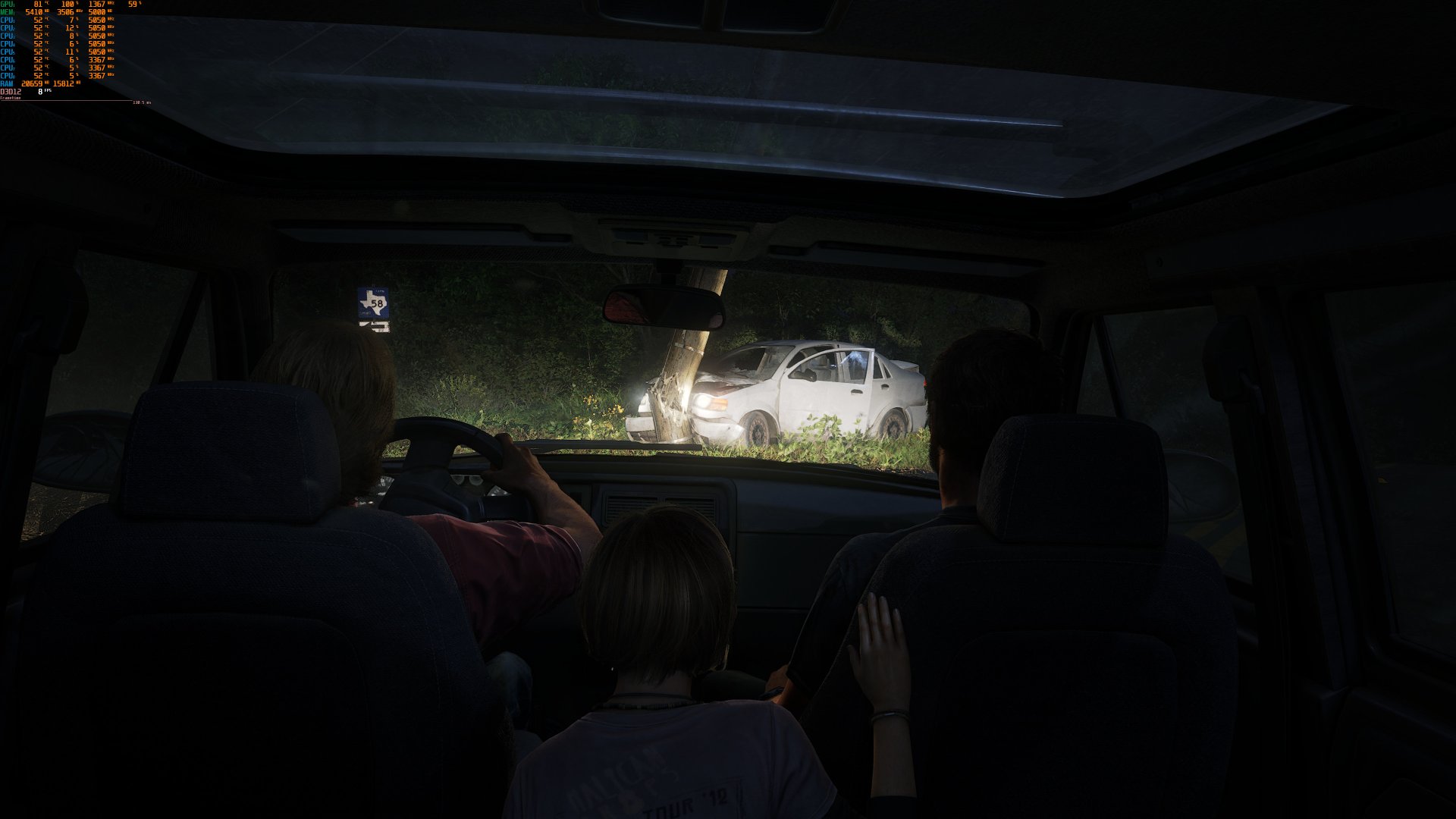Yesterday, Sony released The Last of Us Part I on PC. And, as we’ve reported, the game appears to have some optimization issues. However, a lot of PC gamers have reported crashing issues due to the game’s enormous VRAM requirements. So, does The Last of Us Part I have crashing issues on GPUs equipped with 8GB of VRAM? Well, time to find out.
In order to find out, we’ve tested the game on an AMD Ryzen 9 7950X3D with 32GB of DDR5 at 6000Mhz, AMD’s Radeon RX580 and RX Vega 64, as well as NVIDIA’s GTX980Ti. We also used Windows 10 64-bit, the GeForce 531.41 and the Radeon Software Adrenalin 2020 Edition 23.3.2 drivers.
Let’s start with the AMD Radeon RX580. Without letting the game complete its “Building Shaders” procedure, we launched it at 1080p/Max Settings. In theory, this will put more stress on our PC system. And no, we didn’t experience any crashes during the Prologue sequence. The game’s Prologue also appears to be more demanding than later stages, which is why we’ve decided to use it as our benchmark.
But what about the AMD Radeon RX Vega 64? Well, let’s push things further. For this particular GPU, we set our resolution to native 4K and used the game’s Ultra/Max Settings. Again, we jumped straight to the game, without completing the shader compilation procedure.
Now what’s interesting here is the RAM usage (and not the VRAM usage). As you can see, the game/application was using 24GB of RAM (and our total RAM usage was 30GB). Yeap, you read that right. 24GB, mainly because we didn’t complete the game’s shader compilation.
As for our NVIDIA GTX980Ti, we’ve decided to stress it as much as possible. After all, the NVIDIA GTX980Ti only has 6GB of VRAM, so it can be our ultimate test. At first, we launched the game at native 4K/Max Settings, without completing the shader compilation. The game was running with 8fps, which is unplayable. However, we were rock solid and didn’t experience any crashes. The game was also using 22GB of RAM (with the shader compilation running in the background).
Then, we let it complete its shader compilation at native 4K/Max Settings, which took more than an hour. Additionally, the GTX980Ti was used at 100%, and the menu was running at 8fps. And no, I’m not exaggerating here. It really took one hour to complete. During that hour, I cooked my steak, I ate it, I washed the dishes and the shader compilation was still going on.
But anyway, after completing it, I exited the game and re-launched it. The reason I did this was because I wanted to see the amount of RAM that the GTX980Ti would be using without the shader compilation. And, voila. Our game/application RAM usage dropped from 22GB to 16GB.
But what does this all mean? For starters, this proves that the game does not have any 8GB VRAM crashing issues. Not only did we test both AMD’s and NVIDIA’s hardware, but we also put through hell the GTX980Ti with its 6GB of VRAM. So if you have a stable PC system, you won’t encounter these crashes.
So, why do some PC gamers have crashes? The reason is simple. The Last of Us Part I requires more than 16GB of RAM when using GPUs that have 8GB of VRAM. If you only have 16GB of RAM, you’re hitting a RAM wall (and not a VRAM wall). Hell, the game uses 11GB of RAM even at 1440p/Max Settings on an AMD Radeon RX 6900XT (which has plenty of VRAM).
So, if you only have 16GB of RAM, you’ll encounter major issues, especially if you don’t let the game finish its shader compilation. Moreover, if you’ve manually set/tuned your memory timings and if they are not that stable, you’ll definitely experience crashes. This isn’t the game’s fault, it’s your system that’s unstable; the game simply exposes those issues. Also, once the game finishes the shader compilation procedure, you should close it and re-launch it (so that you can free your memory).
Now if you have 32GB of RAM and still experience crashes during the shader compilation procedure (or while playing), you have stability issues. This has nothing to do with the VRAM and no, your crashes are not related to it. We know that a lot of users are pushing their memory timings to the extreme. Just stop doing that. Unstable overclocks/tunings are the number one reason for game crashes, so reset your settings to their default values. Once you do that, you’ll be able to complete the shader compilation procedure, and then play the game.
Don’t get me wrong, I’m not saying that The Last of Us Part I does not have optimization issues. However, I believe we’ve proved that there aren’t any crashes related to the VRAM, so let’s put that rumor to rest!

John is the founder and Editor in Chief at DSOGaming. He is a PC gaming fan and highly supports the modding and indie communities. Before creating DSOGaming, John worked on numerous gaming websites. While he is a die-hard PC gamer, his gaming roots can be found on consoles. John loved – and still does – the 16-bit consoles, and considers SNES to be one of the best consoles. Still, the PC platform won him over consoles. That was mainly due to 3DFX and its iconic dedicated 3D accelerator graphics card, Voodoo 2. John has also written a higher degree thesis on the “The Evolution of PC graphics cards.”
Contact: Email


